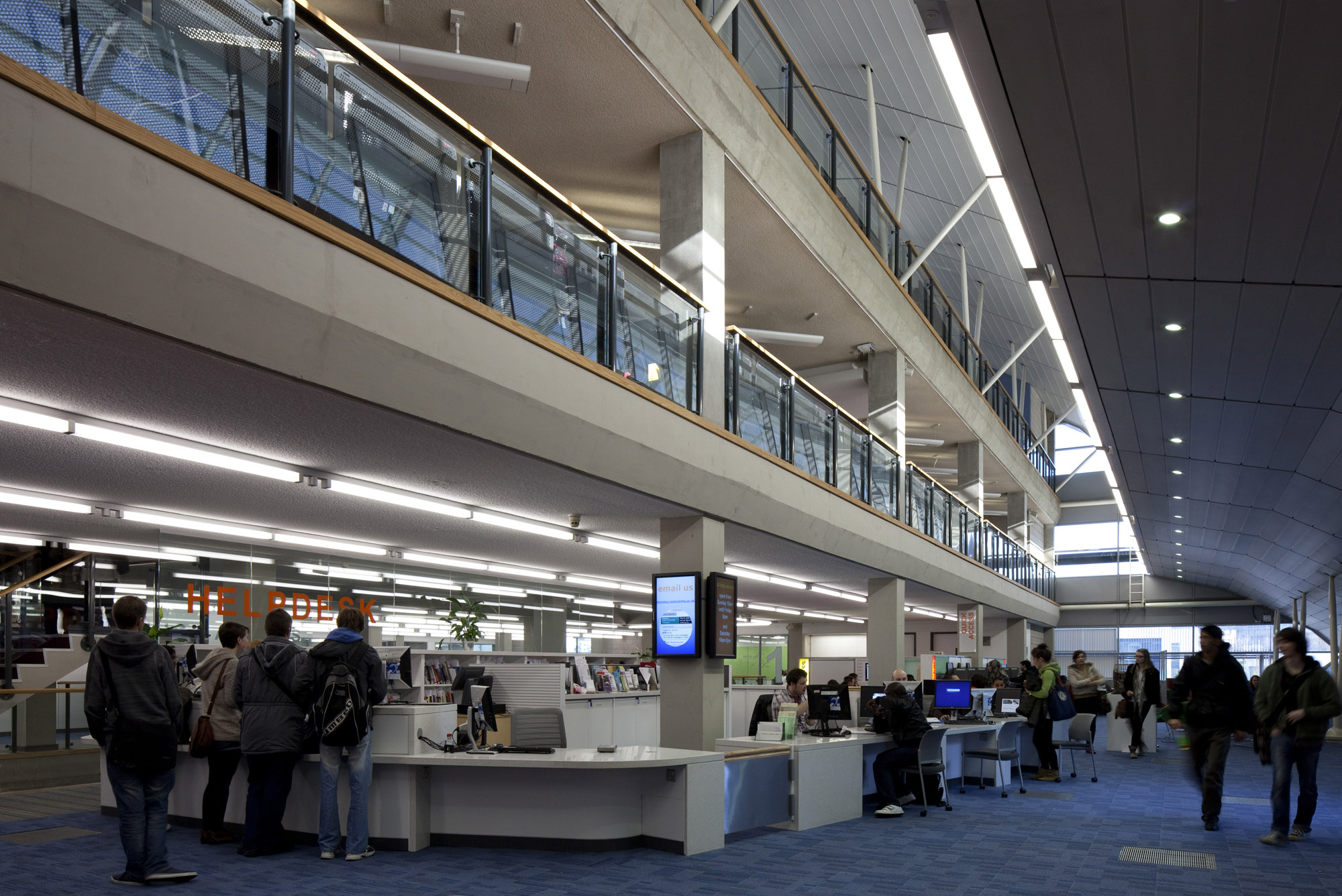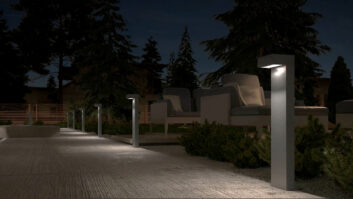
Sheffield Hallam University has begun the installation of the Thorlux SmartScan system across its facilities to eliminate the need for manual testing of its emergency lighting every month, as well as further reduce its carbon emissions.
Despite being home to around 30,000 students and 450 staff, over the past 10 years Sheffield Hallam has reduced carbon emissions resulting from energy use in its buildings by 11.2%. As the university has grown the logistics required in testing the emergency lighting have become increasingly difficult.
Before SmartScan, the university was one of the early adopters of Scanlight AT, a Thorlux web-based emergency lighting testing and monitoring system.
Paul Browse, Sheffield Hallam’s senior electrical engineer, explained: “We have been very heavily involved with Scanlight having experimented with other systems and having found them to be unreliable. Our Scanlight trial found the system to be very efficient.
“The big advantage of the system is the automatic testing of emergency lighting which eliminates the need for physically checking individual luminaires. Before Scanlight, we used a combination of our own staff and contractors to carry out the monthly and annual tests. The new, automated system negates the need for this, which is a considerable saving given the size of our estate. We’ve seen a massive saving on staff hours.”
With Scanlight AT already installed across many of the university buildings, the estates department has now started to install SmartScan.
SmartScan merges Thorlux’s smart energy efficient indoor lighting controls – which are designed with group presence detection and individual daylight-based switching and dimming – with energy-saving smart external lighting controls. It also incorporates Scanlight AT web-based emergency lighting testing and monitoring systems, combining all three into one wireless control system.
The first Sheffield Hallam building to be fitted with SmartScan is the five-storey Arundel Building, which combines teaching space with staff accommodation, a café and public access space.
On the decision to move to SmartScan, Browse said: “SmartScan gives us everything in one package. We have been extremely satisfied with Scanlight but the main factor influencing our decision to go with SmartScan was the significant reduction in installation costs. It is an ideal system for refurbishments, particularly in awkward buildings where you have to deal with areas such as stairwells.
“Looking at budgetary figures, the slightly increased capital outlay of SmartScan over the equivalent Scanlight-AT system is more than outweighed by the time and cost savings from not having to install connective wiring between luminaires. With its ease of installation, SmartScan is the way to go.”
With SmartScan now in place in the Arundel Building, further installations are currently underway across Sheffield Hallam’s facilities.







